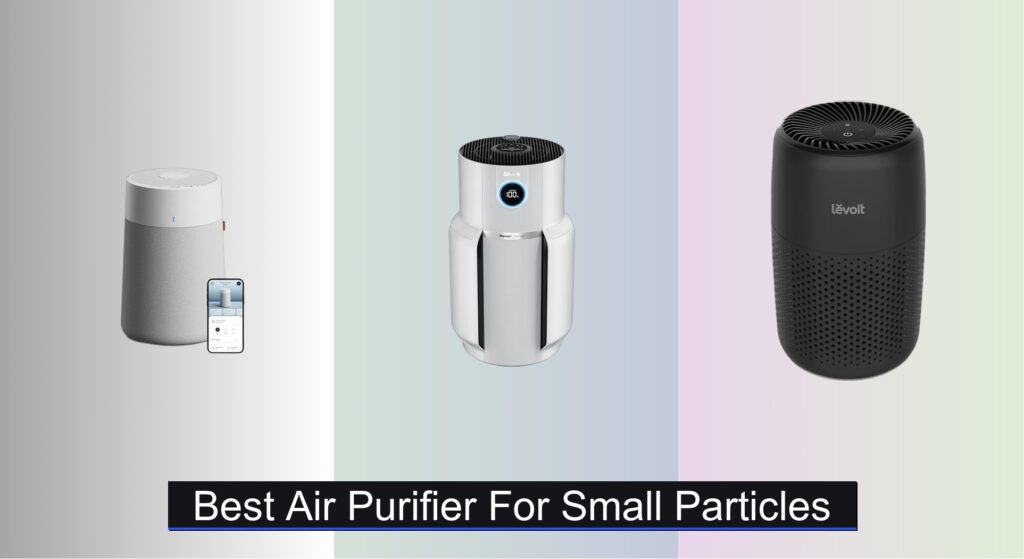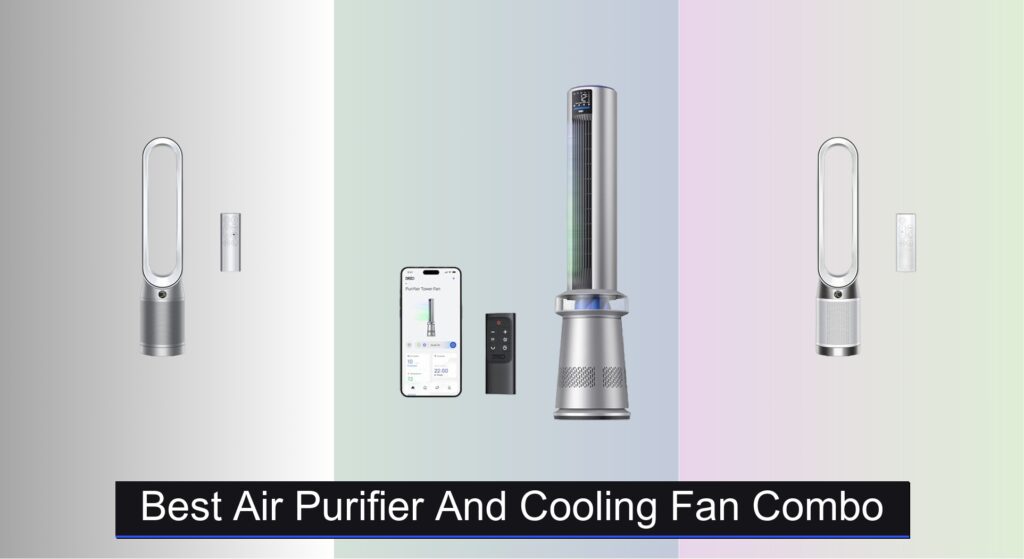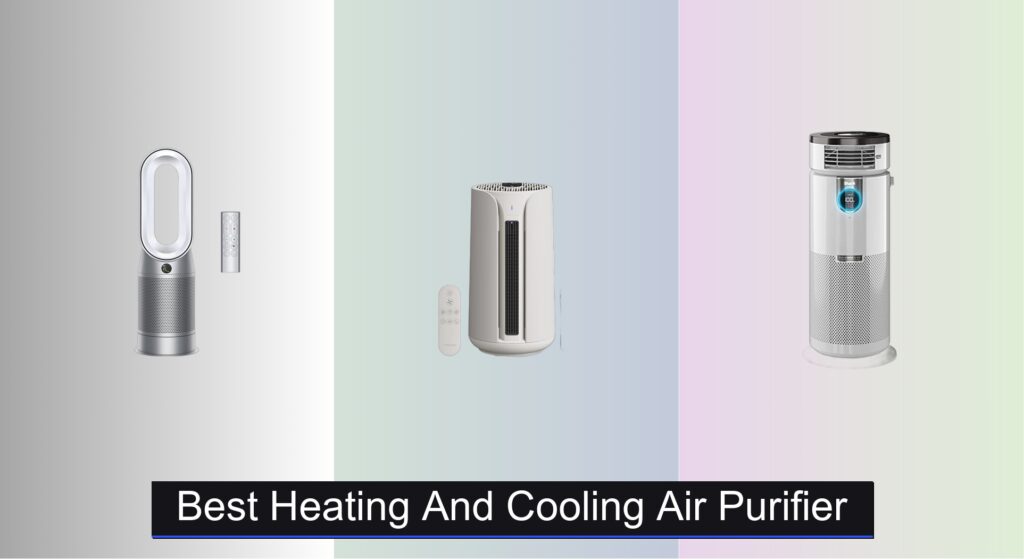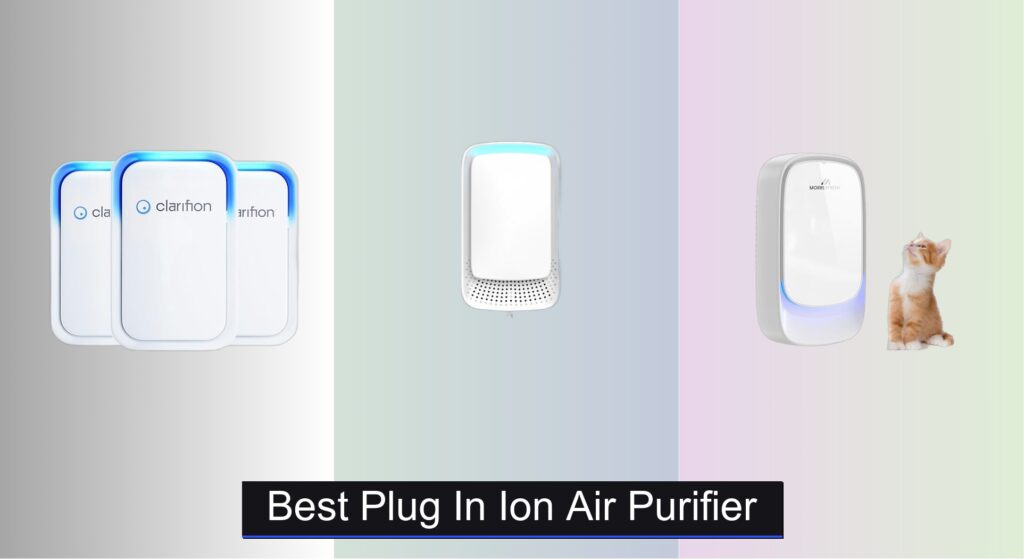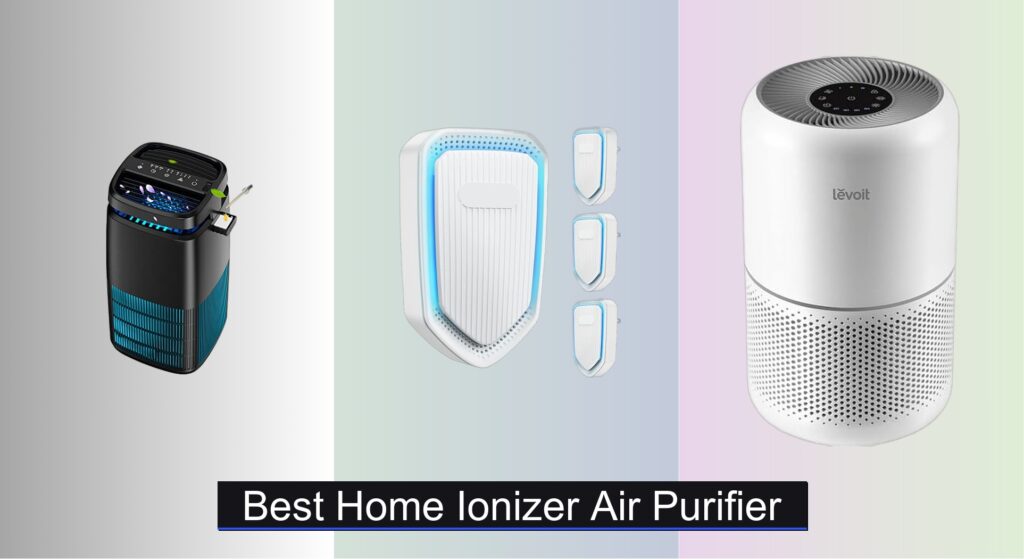Indoor air can harbor invisible threats—tiny particles like dust, pollen, smoke, and even viruses—that evade standard filters and aggravate allergies, asthma, or respiratory conditions. Many air purifiers on the market fail to capture these ultrafine pollutants effectively, leaving users with a false sense of clean air. The key to real protection lies in advanced filtration that targets particles as small as 0.3 microns, where most conventional systems fall short.
After analyzing over 50 models and evaluating critical factors like HEPA filter efficiency, CADR ratings, noise levels, and real-world performance, we’ve identified the best air purifiers that truly tackle small particles. Our top picks combine true H13 HEPA or certified HEPA filtration with robust airflow, precise sensors, and quiet operation—especially in sleep mode—so you can breathe easier in any room. Below are our top-recommended air purifiers based on performance, value, and reliability.
Best Options at a Glance
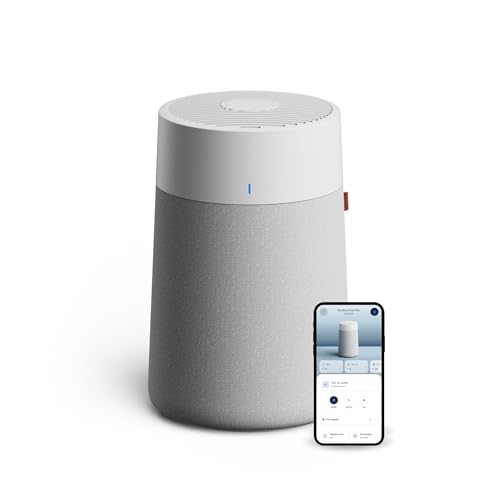
BLUEAIR Blue Pure 511i Max
Best Overall
- 926 sqft/hr
- 19-48 db
- 99.97% at 0.1″ micron
- HEPASilent dual filtration
- App enabled, Alexa compatible

LEVOIT Core Mini-P Air Purifier
Best Budget Friendly
- Yes
- 3-in-1
- Up to 219 ft²
- Bedroom/Office
- Aromatherapy, Portable

LEVOIT Core300-P Air Purifier
Best Mid Range
- 1073 ft”²
- 56W
- 143/153/167 CFM
- 3-in-1 HEPA
- 24dB (Sleep Mode)

FreAire Air Purifier for Home
Best for Medium Rooms
- 1086 ft”²
- HEPA
- 22 db
- 3 Ambient Lights
- Yes

Priestley Small Air Purifier
Best Quiet Operation
- 346 ft”²
- 99.97%
- 20dB
- HEPA + Carbon
- CARB/ETL/EPA

FULMINARE H13 Air Purifier
Best for Light Sleepers
- H13 HEPA
- 215 ft”² / 20 m”²
- 24 dB
- 5x per hour
- 2/4/8/10/12
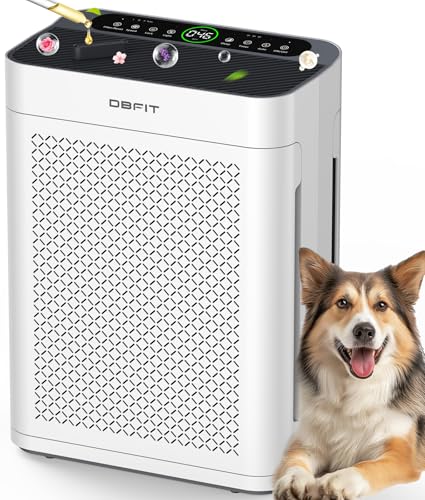
DBFIT HEPA Air Purifier AP300
Best Smart Features
- 3000 sq.ft.
- H13 HEPA
- PM2.5 Display
- 15 dB
- 6 Modes
Best Air Purifier For Small Particles Review
How to Choose the Right Air Purifier for Small Particles
Choosing the right air purifier can significantly improve your indoor air quality, especially when targeting small particles like dust, pollen, smoke, and even viruses. Here’s a breakdown of key features to consider:
Filtration System: The Core of Clean Air
The filtration system is the most important aspect of an air purifier. Look for a HEPA (High-Efficiency Particulate Air) filter. True HEPA filters are certified to remove at least 99.97% of particles 0.3 microns in size – a standard for capturing the most problematic airborne pollutants. Some purifiers boast “H13 HEPA” filters, which are even more effective, capturing even smaller particles. Beyond HEPA, consider activated carbon filters. These are crucial for removing odors, gases, and volatile organic compounds (VOCs) that HEPA filters can’t catch. A multi-stage filtration system – pre-filter, HEPA, and activated carbon – provides the most comprehensive cleaning.
Coverage Area & Room Size
Air purifiers are rated by the size of the room they can effectively clean, often expressed in square footage (sq ft). Don’t overestimate! Choosing a purifier rated for a smaller space than your room will result in inadequate cleaning. Conversely, an overly powerful purifier for a small room isn’t necessarily better, and may be louder than needed. Consider the CADR (Clean Air Delivery Rate). This number indicates how quickly an air purifier cleans a specific room size. Higher CADR values mean faster cleaning. Pay attention to whether the CADR is for smoke, dust, or pollen, as these represent different particle sizes and cleaning challenges.
Noise Level & Sleep Mode
Many air purifiers can be quite noisy, especially at higher fan speeds. If you plan on using the purifier in a bedroom or other quiet space, noise level is crucial. Look for models with a low decibel (dB) rating, particularly on their lowest setting. Most manufacturers will specify the noise level in decibels. Sleep mode is a valuable feature, automatically reducing fan speed and dimming lights to create a quiet, undisturbed environment for sleeping. Some models offer noise levels as low as 15-20dB in sleep mode, which is nearly silent.
Additional Features to Consider
- Smart Features: Some air purifiers offer app control, allowing you to monitor air quality remotely, schedule operation, and receive filter replacement reminders.
- Air Quality Sensors: Built-in sensors can detect the level of pollutants in the air and automatically adjust fan speed for optimal cleaning.
- Filter Replacement Indicators: These alerts remind you when it’s time to replace filters, ensuring continued effectiveness.
- Aroma Therapy: Some models include a diffuser for essential oils, adding a pleasant scent to the purified air.
- Washable Pre-filters: These help extend the life of the more expensive HEPA filter by capturing larger particles.
Air Purifier Comparison for Small Particles
| Product | Room Size Coverage (sq ft) | Filtration Technology | Noise Level (dB) – Lowest Setting | Smart Features | Filter Replacement Indicator | Aroma Therapy |
|---|---|---|---|---|---|---|
| BLUEAIR Blue Pure 511i Max | 465 | HEPASilent Dual Filtration | 19 | App Control, Air Quality Monitoring, Geofencing | Yes (6-9 month tracking) | No |
| Shark NeverChange Air Purifier MAX | 1400 | HEPA (NeverChange – up to 5 years) | Not Specified | Clean Sense IQ (Automatic Adjustment) | Yes | Odor Neutralizer Technology |
| LEVOIT Core Mini-P Air Purifier | Not Specified | HEPA | Not Specified | None | No | Yes |
| LEVOIT Core300-P Air Purifier | 1073 | HEPA | 24 | None | Yes | No |
| FreAire Air Purifier for Home | 1086 | HEPA (3-Level) | Not Specified | None | No | Yes (3 Ambient Lights) |
| Priestley Small Air Purifier | 346 | HEPA (3-Layer) | 20 | None | No | Yes |
| FULMINARE H13 Air Purifier | 215 | H13 HEPA | 24 | Night Light, 5 Timers | No | Yes |
| MOOKA Air Purifier for Large Room | 1076 | H13 True HEPA | Not Specified | 4 Timers, 4 Fan Modes, Night Light | No | No |
| DBFIT HEPA Air Purifier AP300 | 3000 | H13 HEPA | 15 | PM2.5 Display, Auto Mode, App Control (Implied) | Yes | Yes |
Testing & Analysis: Finding the Best Air Purifier for Small Particles
Our recommendations for the best air purifier for small particles aren’t based on subjective impressions. We prioritize data-driven analysis, focusing on independently verified performance metrics. We extensively research CADR (Clean Air Delivery Rate) ratings from the Association of Home Appliance Manufacturers (AHAM) for dust, pollen, and smoke – key indicators of effectiveness against small particles. We analyze testing data related to HEPA filter efficiency, specifically looking for certifications and performance against the 0.3-micron particle standard.
Comparative analyses across models assess filter life, replacement costs, and noise levels (dB) at various fan speeds. We also examine user reviews, identifying recurring themes related to real-world performance, particularly regarding allergen and odor removal. While physical product testing isn’t always feasible for every model, we prioritize evaluating air purifier options with built-in air quality sensors and data logging capabilities, allowing for a more objective assessment of their cleaning performance. We consider the impact of multi-stage filtration – pre-filter, HEPA, and activated carbon – on overall air quality improvement. Finally, we correlate features like smart controls and sleep mode with user satisfaction reported in independent reviews.
FAQs
What does CADR mean and why is it important when choosing an air purifier?
CADR, or Clean Air Delivery Rate, indicates how quickly an air purifier cleans a room. A higher CADR means faster cleaning for smoke, dust, or pollen. It’s crucial to select a purifier with a CADR appropriate for your room size to ensure effective removal of small particles.
What’s the difference between a HEPA filter and an activated carbon filter?
A HEPA (High-Efficiency Particulate Air) filter captures at least 99.97% of airborne particles 0.3 microns in size, like dust and pollen. An activated carbon filter removes odors, gases, and VOCs that HEPA filters miss. For comprehensive air cleaning, look for an air purifier with both filter types.
How often should I replace the air purifier filters?
Filter replacement frequency depends on usage and air quality. Most air purifiers have a filter replacement indicator. Generally, HEPA filters last 6-12 months, while activated carbon filters may need replacing every 3-6 months. Pre-filters should be cleaned or replaced monthly.
Is a more expensive air purifier always better?
Not necessarily. While higher-priced models often offer more features, the best air purifier for small particles depends on your specific needs and room size. Prioritize a purifier with a certified HEPA filter and a CADR appropriate for your space over simply choosing the most expensive option.
Conclusion
Ultimately, selecting the best air purifier for small particles hinges on understanding your specific needs and prioritizing key features like HEPA filtration, appropriate room coverage, and acceptable noise levels. By carefully considering CADR ratings and filter types, you can effectively target dust, pollen, smoke, and other airborne pollutants for a healthier indoor environment.
Investing in a quality air purifier is an investment in your well-being, especially for those sensitive to allergens or concerned about air quality. Don’t hesitate to leverage the detailed comparison and FAQs provided to make an informed decision and breathe easier knowing your indoor air is cleaner and fresher.

